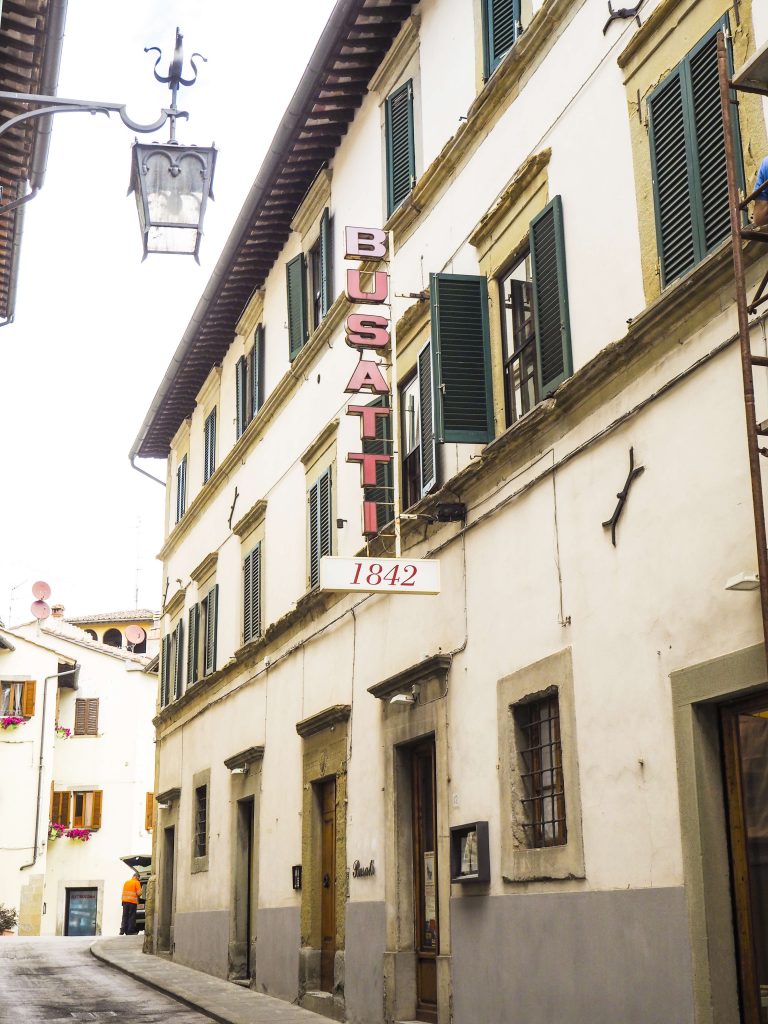
Have you been to Anghiari? Rated as one of the most beautiful villages in Italy and well known as being the location of the legendary fresco depicting ‘The Battle of Anghiari‘ by Leonardo da Vinci.
While visiting the town a few years ago, I had the pleasure of touring the historic weaving mills of Busatti where beautiful, quality fabrics have been woven since 1842. Time seemed to have stood still as I watched the ancient machinery working back on forth across the threads creating beautifully patterned and coloured fabrics. Firstly the wool is fed through the ‘cardatrice’, before being combed and spun into a fine thread that is then thread-dyed (which gives the fabric its intense colour) before being woven into the many forms of fabrics created by Busatti. Incredible to imagine that in this very same factory, many years earlier, uniforms were made for Napoleon and his army. The Busatti story is typical of the hard-working Italian spirit that has overcome hardship more than once to triumph and in their own words, ‘point ever upward to new horizons.’ This is their story;
In 1755 the Busatti family arrived in Anghiari from Laterina, Valdarno. Thanks to the Grand Dukes of Tuscany, the high Tiber valley became a fertile and populated plain full of new opportunities. The Busatti family purchased and refurbished an old oven within the town castle walls and then after a few years, they opened another one in the area which was to become “il mercatale” the market outside of the castle walls.
Giovan Battista, son of Niccolò Busatti, purchased Palazzo Morgalanti, which is still today headquarters of the Busatti company. Here, in 1795, he opened a store where he sold a bit of everything: food, (cold cuts, haddock, anchovies), yarn, bread and really anything that was marketable. In historical documents, we learnt that he was generous and routinely loaned money to the people of the village. The turning point came in 1797 when the soldiers of the Napoleonic Army, guided by General Gaultier arrived.
They settled themselves on the top floor of the Palazzo Morgalanti – Busatti’s house, and then in the basement, they started spinning, weaving and producing wool to supply blankets, uniforms and clothes to the soldiers. Little by little they overtook all five floors of the Palazzo.
In 1815, after the Napoleonic Era, the Busatti family took back possession of their workshop and house, and with the backing of the Grand Duke, they shifted from being merchants to artisan spinners. This is recorded in the Grand Duke of Tuscany’s General Atlas around 1820. In 1899, Giovan Battista, moved to the Santa Croce area with his wife and first born son, Mario.
For years the weaving plant sat idle. Then, in 1842 Mario Busatti installed eight wooden looms in the workshop, plus a warping machine. He hired ten weavers and this became the official date of the establishment of the Busatti weaving mill. Mario purchased new looms from the Ruti company in Switzerland which could make large 1.5-yard fabric widths compared to the standard domestic looms of the day that only made fabrics in one-yard width. He also introduced the production of hemp as well as cotton and these two business decisions gave Busatti a strong advantage in business.
Mario Busatti gave his all to the business and when he passed away, in 1868, his sons Giovan Battista, Angelo and Giuseppe took over the company.
During the time of the Risorgimento (the Italian Unification) and only Giuseppe continued to work and run the company with the help of his brothers’ wives. One of Giovan Battista’s sons Gregorio, wanted to learn the business and so decided to travel for over a year throughout Europe, stopping in Vienna, Berlin, Paris and Austria. During his travels, he learnt the art of tailoring which he brought back to the business where he established a workroom that became very well-known and highly regarded in the province of Arezzo. Here he would go to personally tailor the suits for the best ateliers. He was to live a short life however as at the tender age of 35, he was struck down by pneumonia. This tragic event left Giuseppe in charge of Busatti, who encountered great difficulties heading the business. His son, Livio, would go on to lead Busatti to its greatest heights ever.
Two World Wars, devastating to Italy, did not stop production and Busatti actually enjoyed a time of great expansion. Livio, a very devoted person, had to leave Busatti for a time to serve Italy in the Great War. His wife, Romilda was entrusted with running the business along with the faithful Foscolo. Busatti started supplying convents, hospices, ecclesiastic boarding schools, hospitals, the Ministry of Foreign Affairs as well as the Army.
After the second World War, sales grow and Busatti retail stores are opened in the High Tiber Valley, eventually totalling eight. In addition to Anghiari, stores are opened in Sansepolcro, Città di Castello, Pieve Santo Stefano, Perugia and Umbertide. Livio hears from his fellow countrymen that they are not happy that their wives have to leave home and come to work in the factory. Ever the innovator, he built over one hundred looms and delivered them to the homes of his women workers who lived in the valley. This allowed the housewives to “work at home”. This tradition continues to this very day with thirty women located in Anghiari, each responsible for sewing or adding the embroidery to the finished goods available in the Busatti stores worldwide.
“We are like a cypress, which pushes its roots deep while pointing clearly to the sky. Busatti has roots deep in the history of our country as we point ever upward to new horizons.”
After World War II ends, Italy must rebuild. Busatti finds it must do so also. Livio seriously ill died during this period. His son-in-law, Cesare also passed away during this same period at the age of fifty. It was Cesare who coined the motto, “we supply everyone from the countryman to the Count”. Cesare’s wife, Francesca, found herself not only in charge of Busatti, but alone, with eight children, the oldest of whom was twenty.
Though Italy is becoming successful and is experiencing an economic boom, the house of Busatti struggles to find its proper place and worth. Without a lot of family discussion and not needing to bring up how important the legacy of Busatti has become, a completely new approach is undertaken. In 1970, Giovanni and his sister Elena guide the company, along with their mother, Francesca and a new general manager, Aldo Capaccini. They devote their attention to limited production, high quality raw materials and painstaking detail, all the while returning to the great tradition. It is a winning choice!
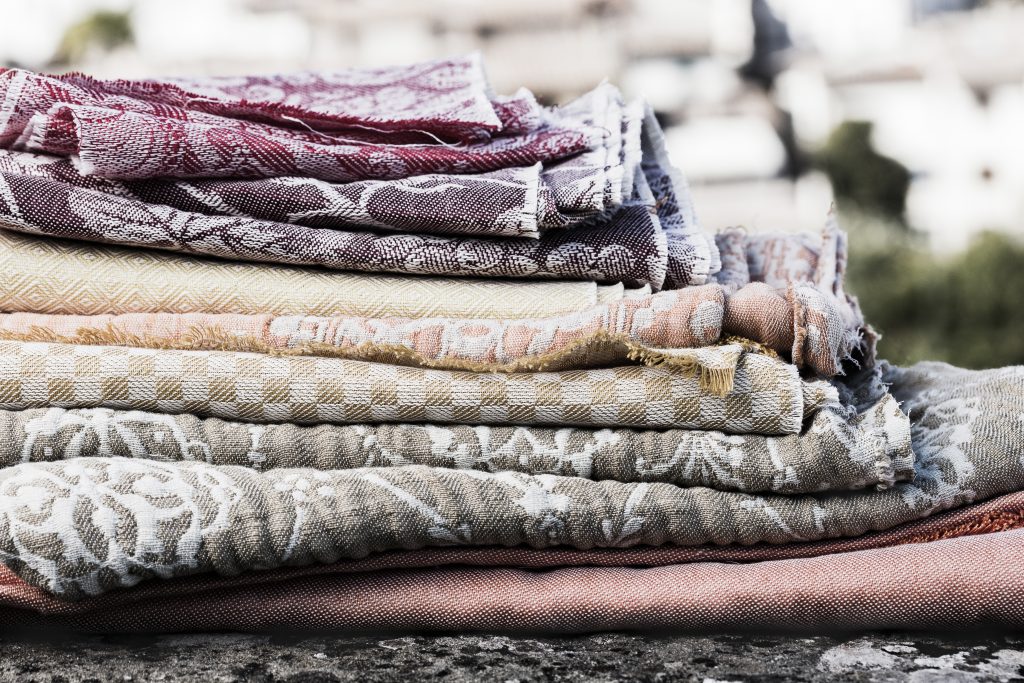
Since 2000, the clients of Busatti have changed significantly. In numbers as well as in make-up. We now count among our clients’ worldwide prominent names, people with high sensibilities and good taste, who are at the same time demanding of high quality. Yet we still count as our clients the countrymen from around the world. These people all, while geographically far apart, all share the concept of beauty and quality that we pass across our Italian borders.
A brand well-known, that can renew itself without renouncing family tradition, will not only be respected but will live and flourish forever.
The operative creed for Busatti is to reproduce the tradition of that part of Italy that lies in the heart of Tuscany and Umbria. That tradition exclusively uses natural fibres and designs inspired by the heart and soul of the Renaissance and its rustic traditions and mixes them with a vast range of colours.
Today, the family operation is being led by their eighth generation and has stores on all five continents.
In my next post I’ll share my article about Anghiari – a town that literally took my breath away when I arrived and viewed the valley that lay forth on either sides of the main, central road through the city.
The articles on Busatti and Anghiari are from my June, 2017 issue of This Tuscan Life. You can grab the back issue here :

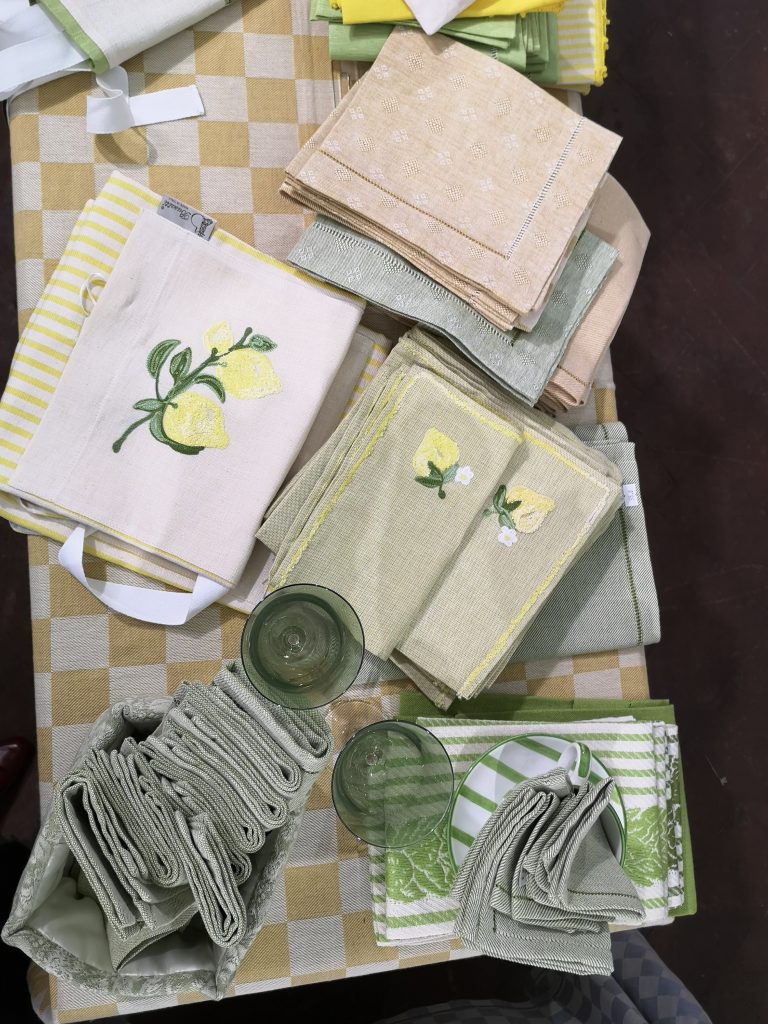
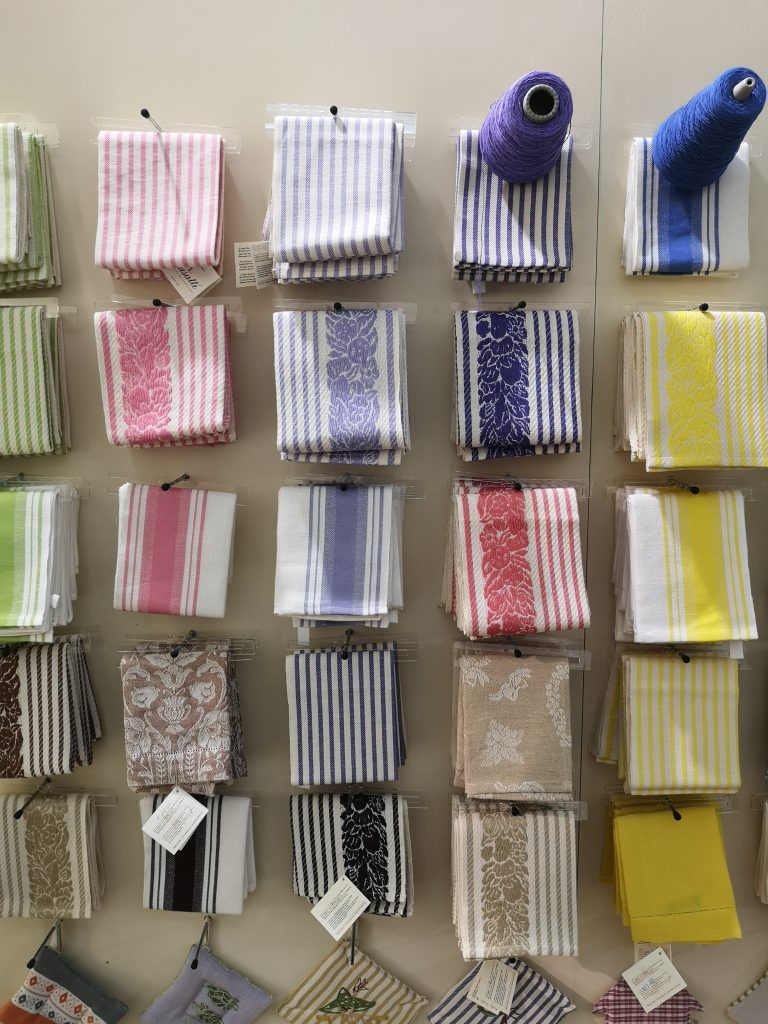
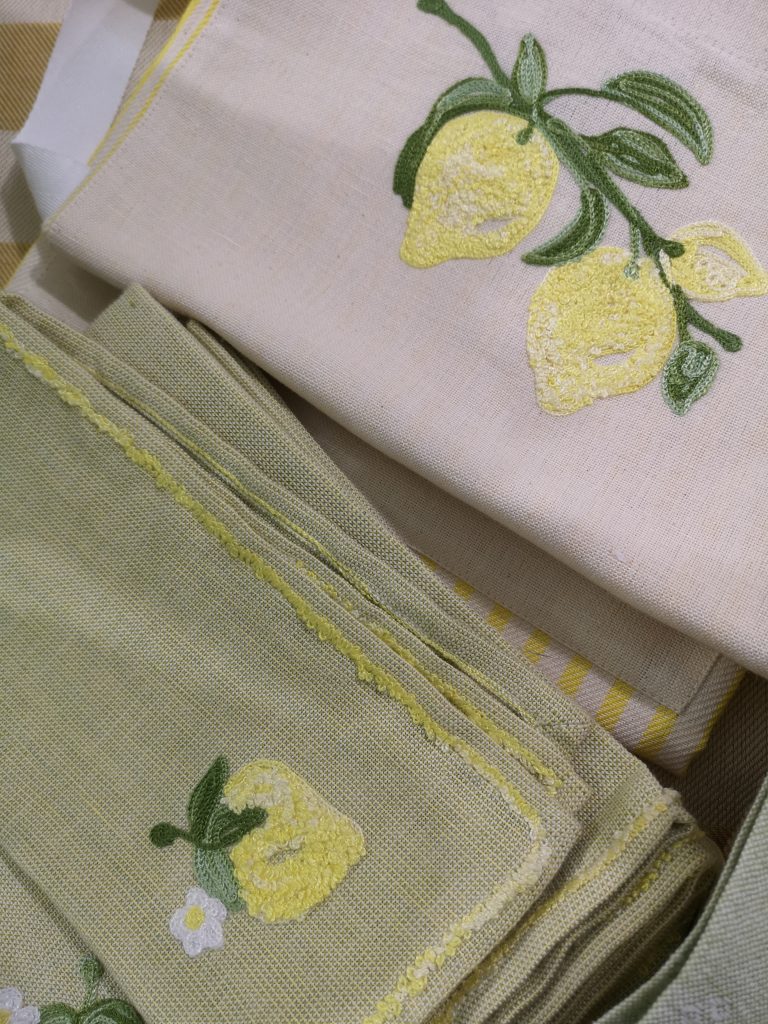
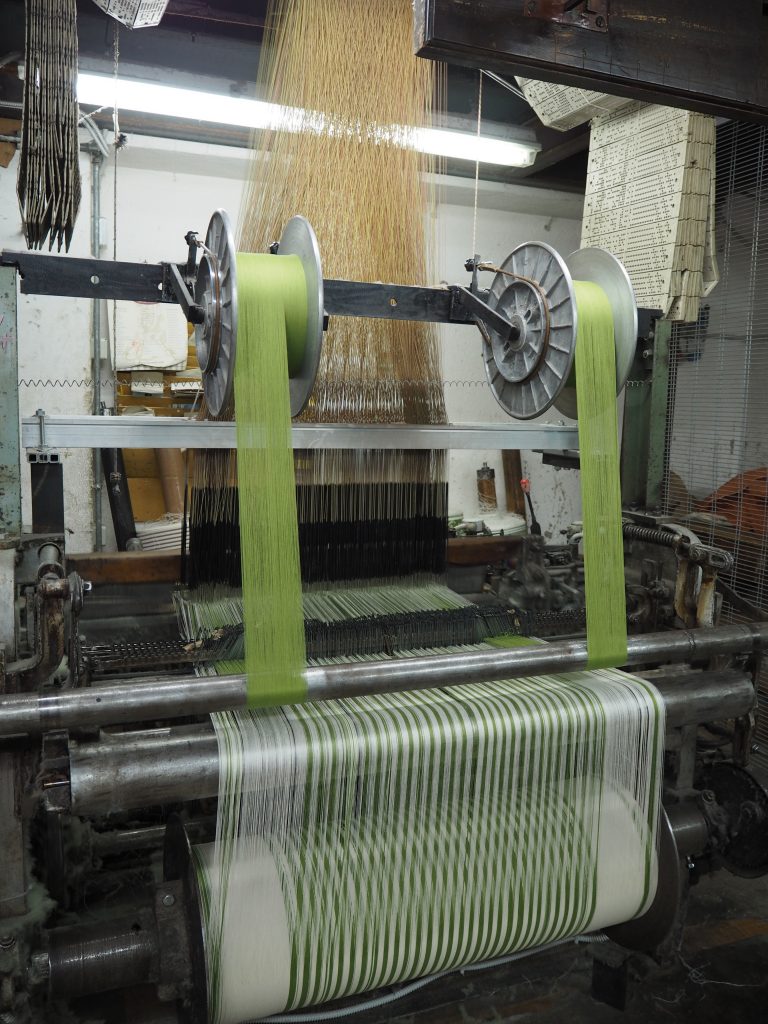
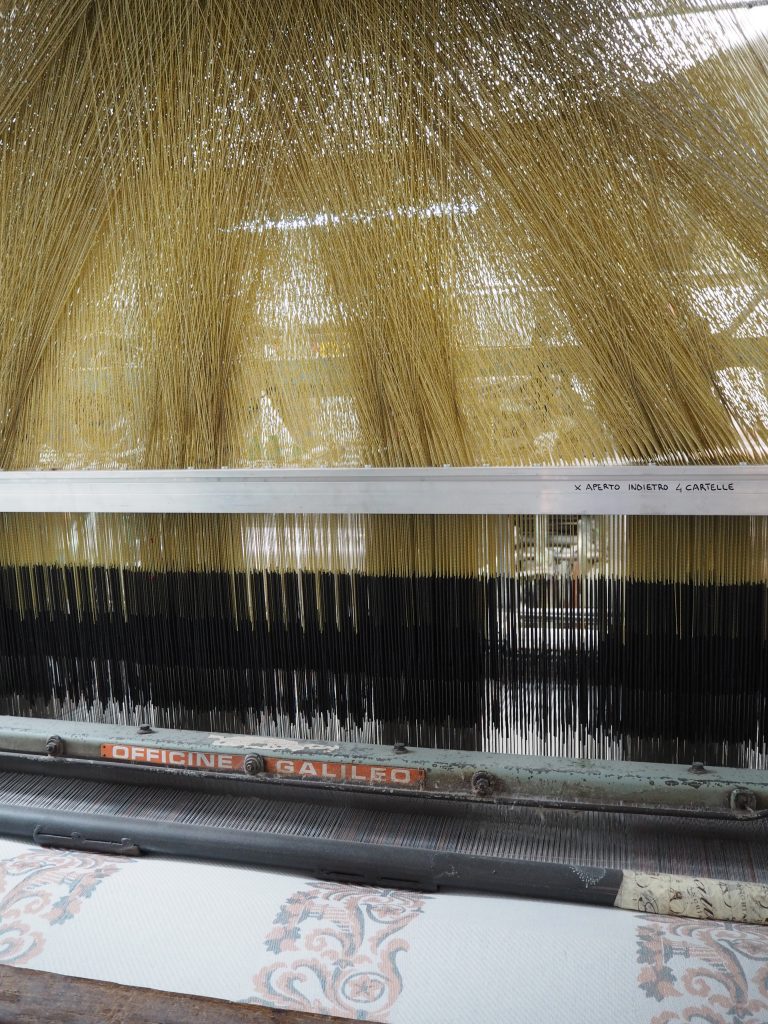
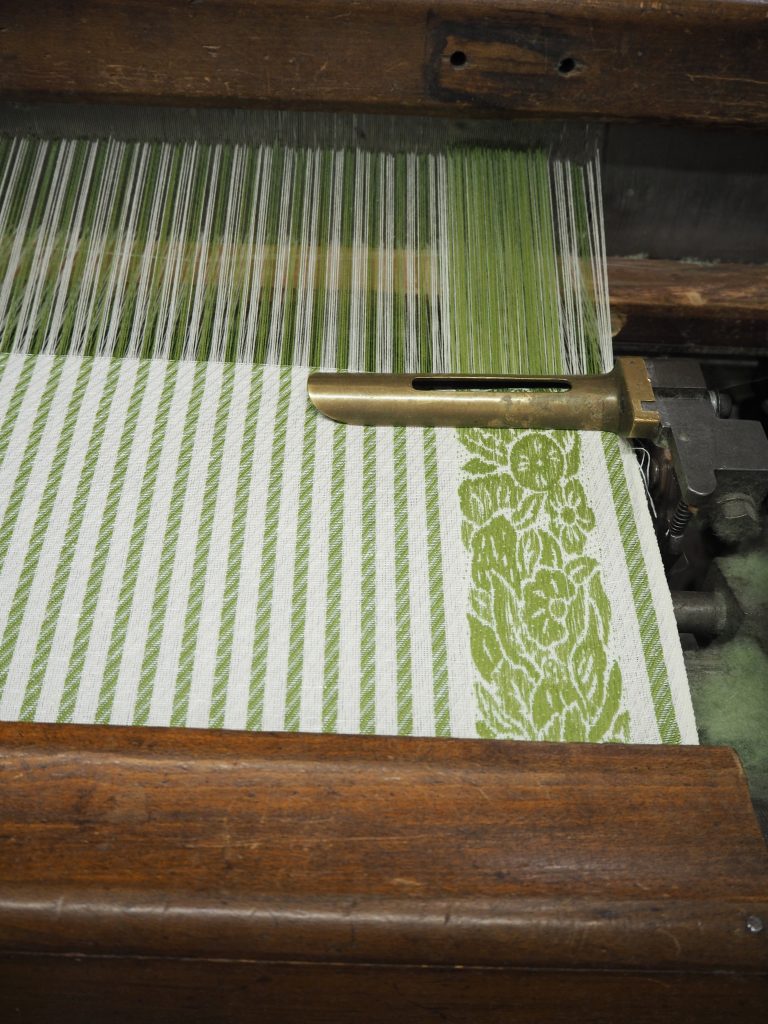
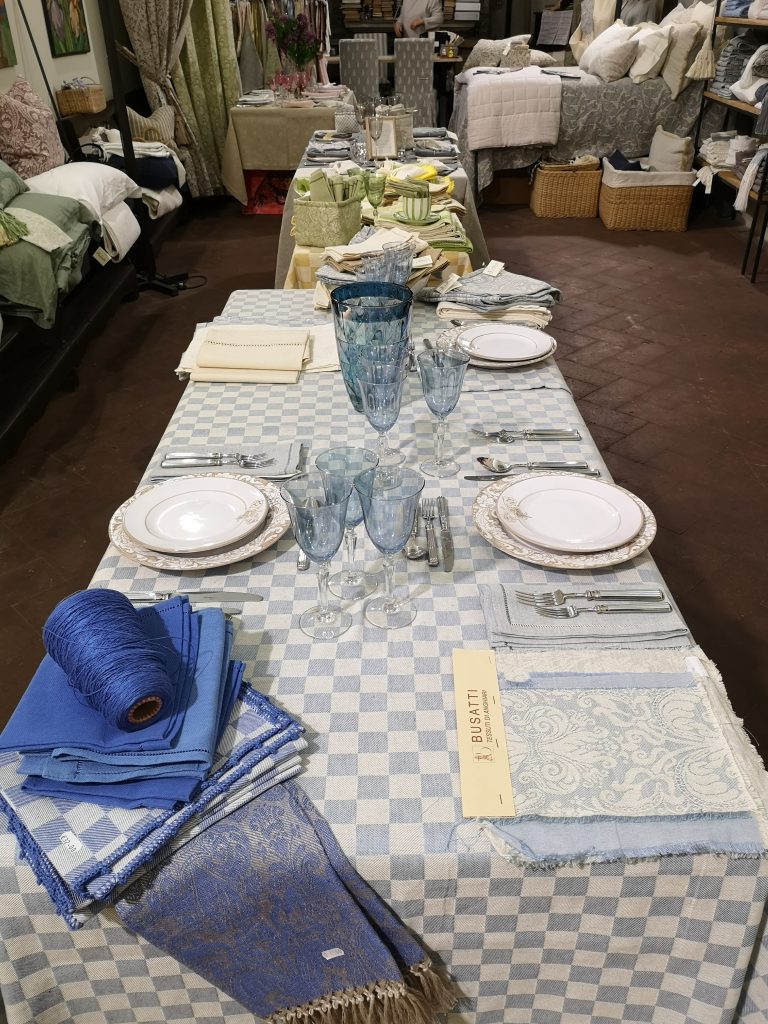
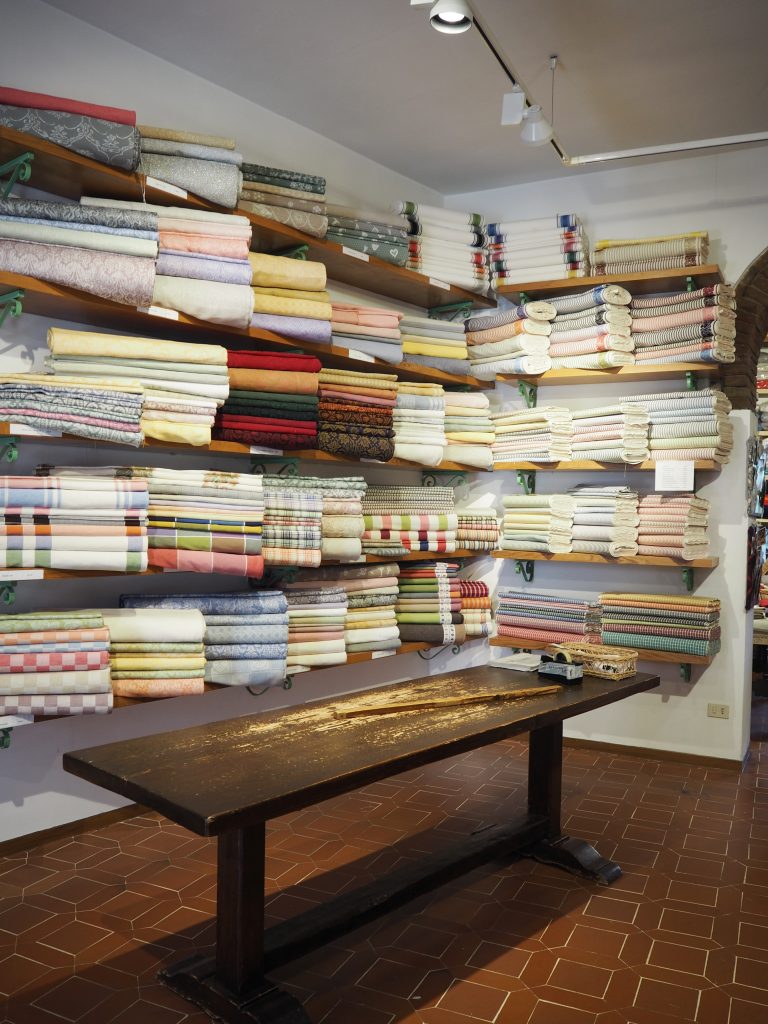
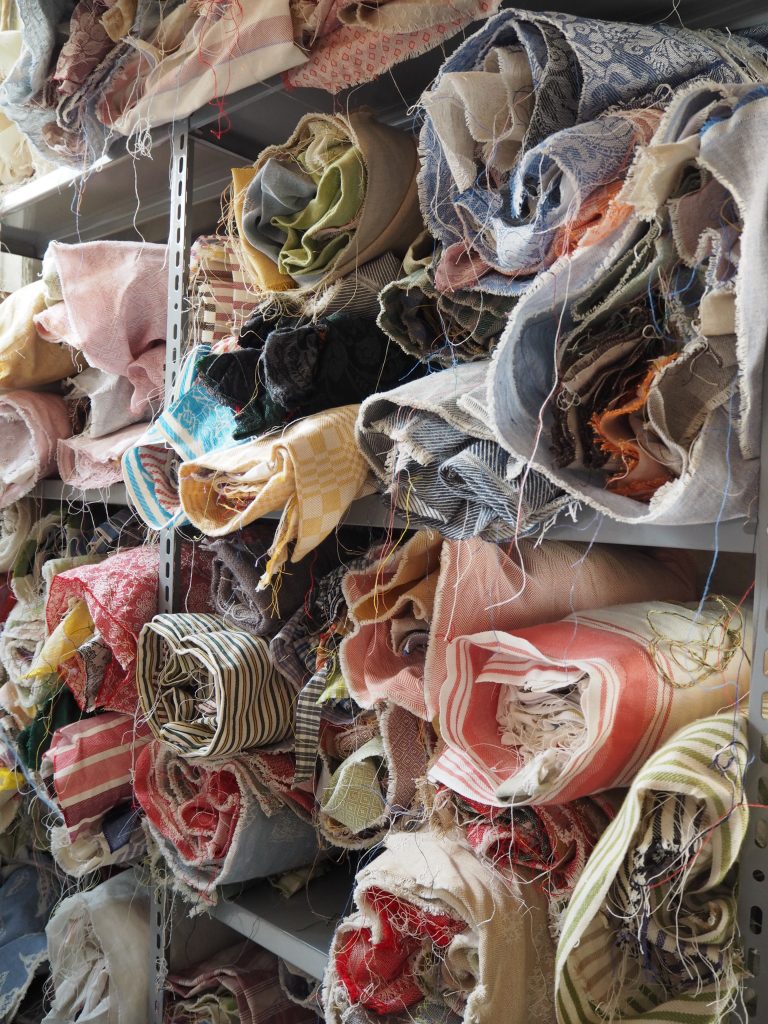
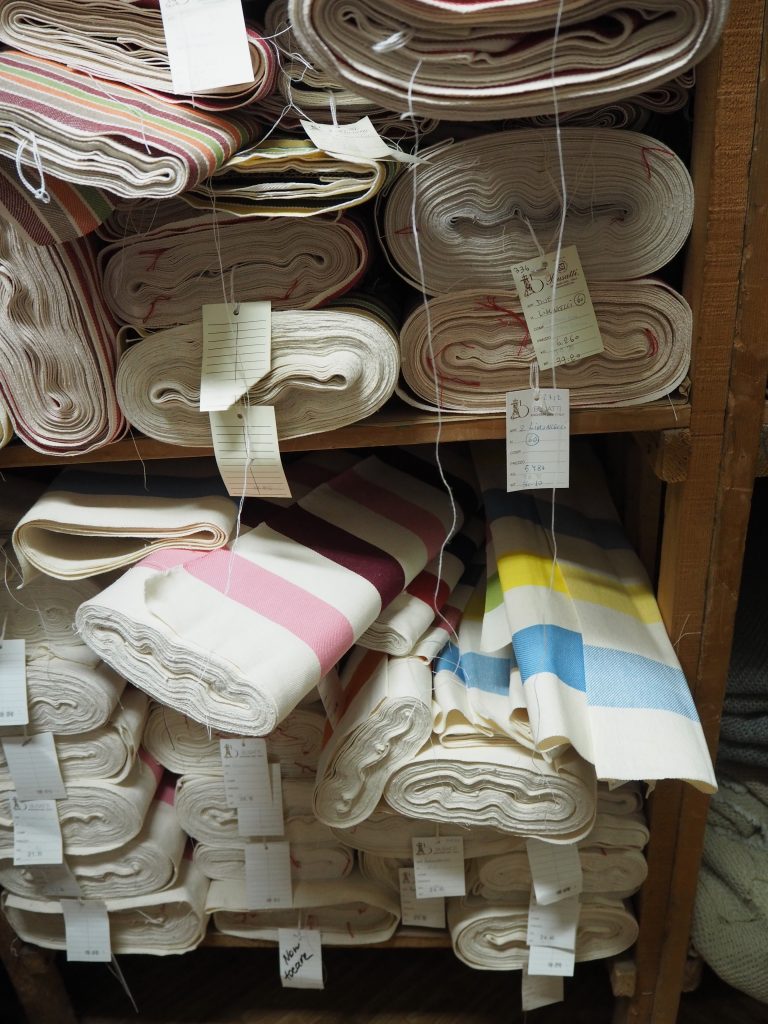
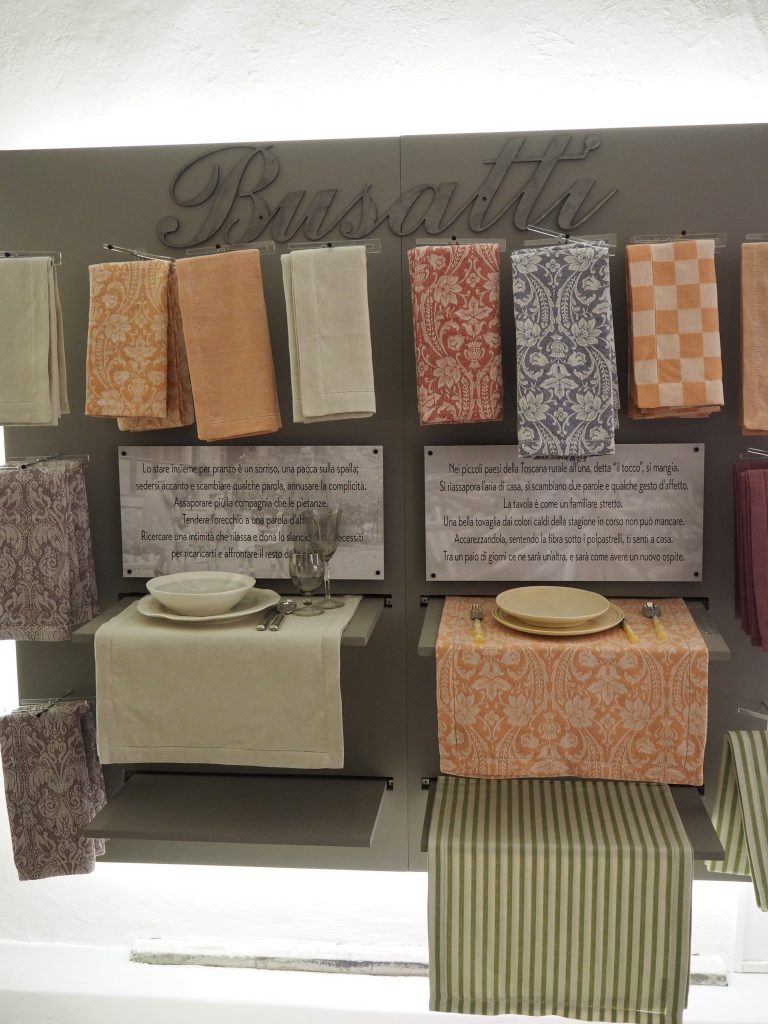

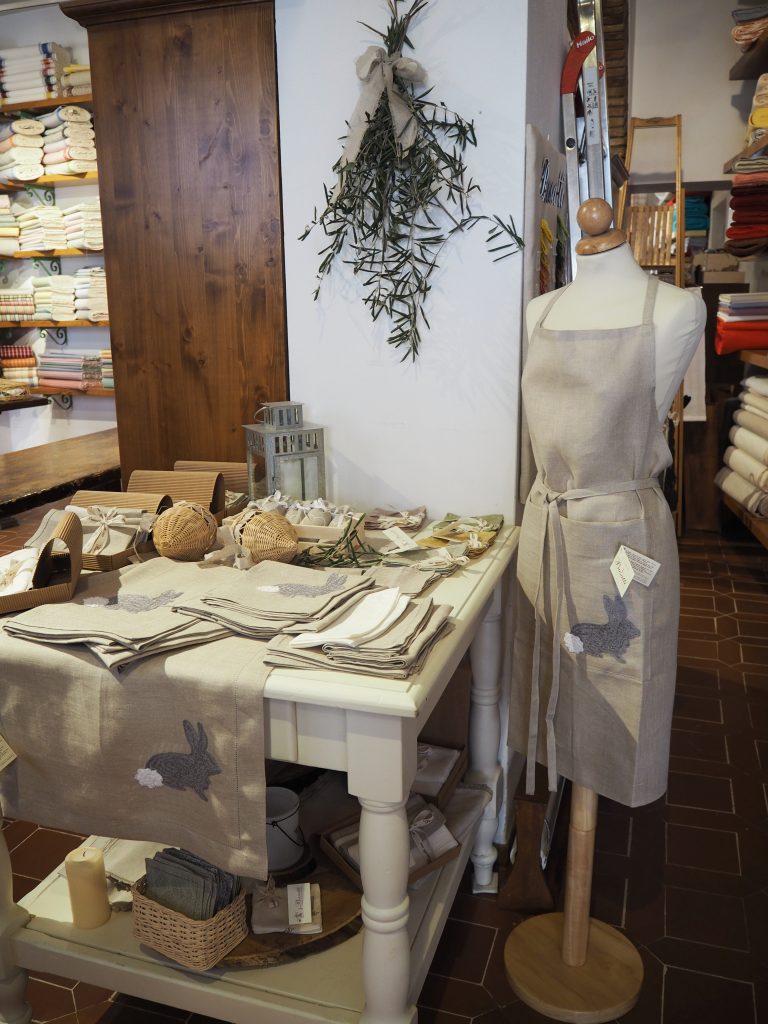
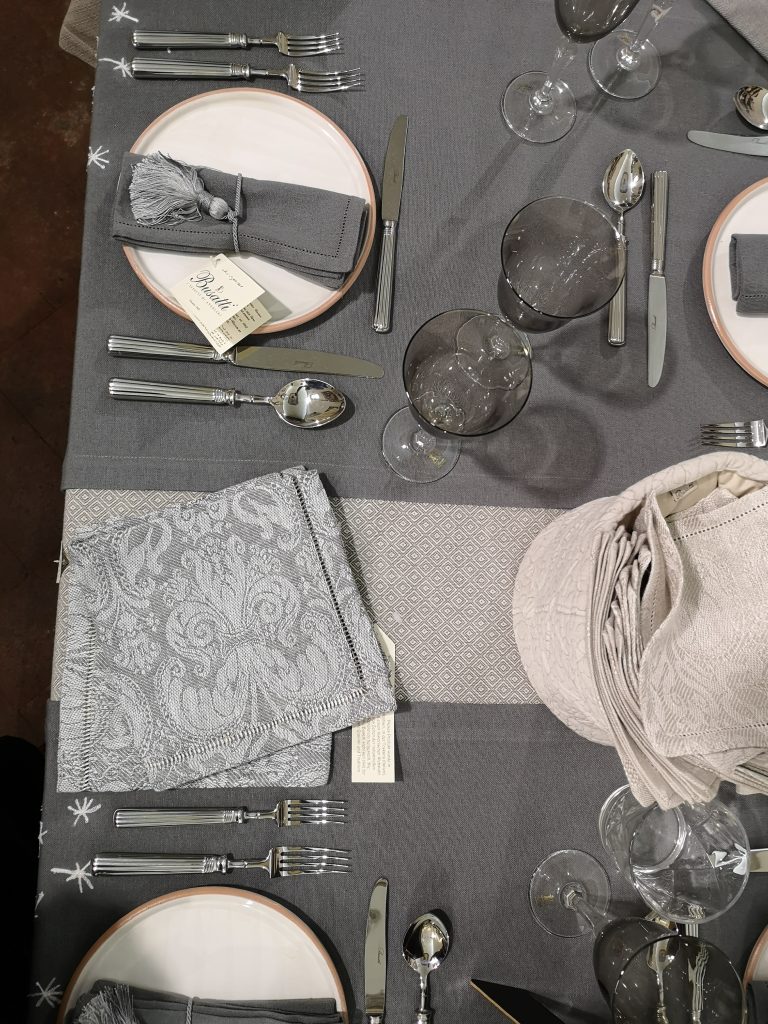
+ show Comments
- Hide Comments
add a comment